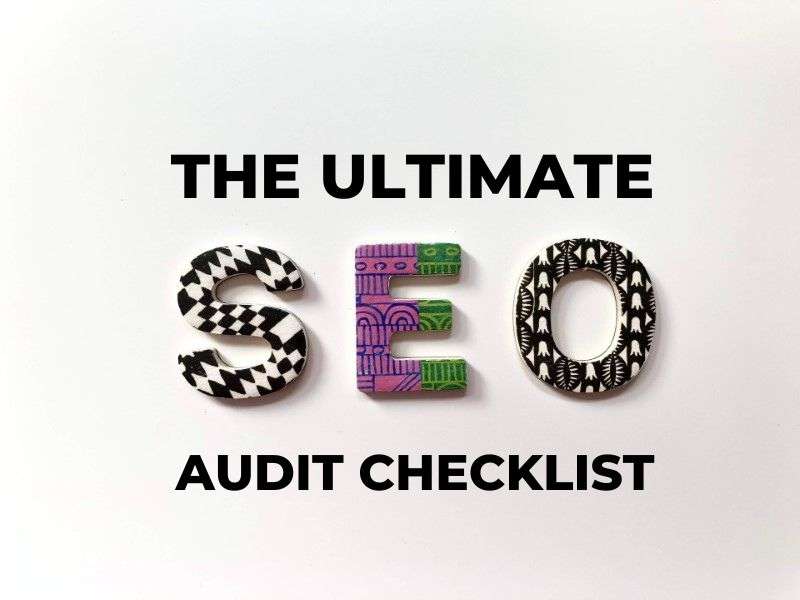The Ultimate SEO Audit Checklist

Looking to improve your online presence and attract more visitors to your website? Our Ultimate SEO Audit Checklist is an essential tool for achieving success in online marketing. By thoroughly analyzing your website’s performance, identifying areas of improvement, and implementing effective strategies, you can boost your search engine rankings and drive more traffic to your site. Follow our step-by-step guide to conduct a comprehensive SEO audit and take your website to the next level.
Step 1: Determine Your Goals
The first step in conducting an SEO audit is to determine your goals. What do you want to achieve with your SEO efforts? Are you trying to increase traffic to your website, improve your website’s search engine ranking, or both? Once you’ve identified your goals, you can begin to develop a strategy to achieve them.
Step 2: Analyze Your Website’s Content
The next step in conducting an SEO audit is to analyze your website’s content. Your website’s content plays a crucial role in determining your website’s search engine ranking. Make sure your website’s content is unique, high-quality, and optimized for the keywords you’re targeting. Analyze your website’s content to ensure that it’s engaging, relevant, and informative.
Step 3: Check Your Website’s Technical SEO
Technical SEO refers to the technical aspects of your website that affect its search engine ranking. These include your website’s page speed, mobile-friendliness, and crawlability. Analyze your website’s technical SEO to ensure that it’s optimized for search engines. Check your website’s page speed using tools like Google’s PageSpeed Insights. Ensure that your website is mobile-friendly by using Google’s Mobile-Friendly Test tool. Check your website’s crawlability by using tools like Screaming Frog.
Step 4: Analyze Your Website’s Backlinks
Backlinks are links from other websites that point to your website. Backlinks are important because they signal to search engines that other websites consider your content to be high-quality and relevant. Analyze your website’s backlinks to ensure that they’re from reputable sources and that they’re relevant to your website’s content.
Step 5: Check Your Website’s On-Page SEO
On-page SEO refers to the optimization of your website’s individual pages. This includes optimizing your website’s title tags, meta descriptions, and header tags. Analyze your website’s on-page SEO to ensure that it’s optimized for the keywords you’re targeting.
Step 6: Conduct Keyword Research
Keyword research is the process of identifying the keywords and phrases that your target audience uses to search for products or services related to your business. Conduct keyword research to ensure that your website is optimized for the keywords your target audience is using to search for your products or services.
Step 7: Monitor Your Results
The final step in conducting an SEO audit is to monitor your results. Use tools like Google Analytics to track your website’s traffic and search engine ranking. Monitor your website’s traffic and search engine ranking to ensure that your SEO efforts are paying off.
Conclusion
Conducting a comprehensive SEO audit is essential for ensuring that your website is optimized for search engines. By following the steps outlined in this article, you can identify areas where your website needs improvement and develop a strategy to achieve your SEO goals. Remember to monitor your results to ensure that your SEO efforts are paying off.
Read more about SEO here.
PostCategories
Categories
- Digital Marketing (6)
- Everything Else (7)
- SEO (3)
- UI/UX (3)
- Web Development (5)
- WordPress (10)
AboutAuthor
 Hi I’m Rehan! I’m a highly experienced full stack web developer and web optimizer from India. I’m specialize in custom WordPress theme development and plugin development. I love to share my knowledge and help the world to build a better web.
Hi I’m Rehan! I’m a highly experienced full stack web developer and web optimizer from India. I’m specialize in custom WordPress theme development and plugin development. I love to share my knowledge and help the world to build a better web. 


No comment yet, add your voice below!